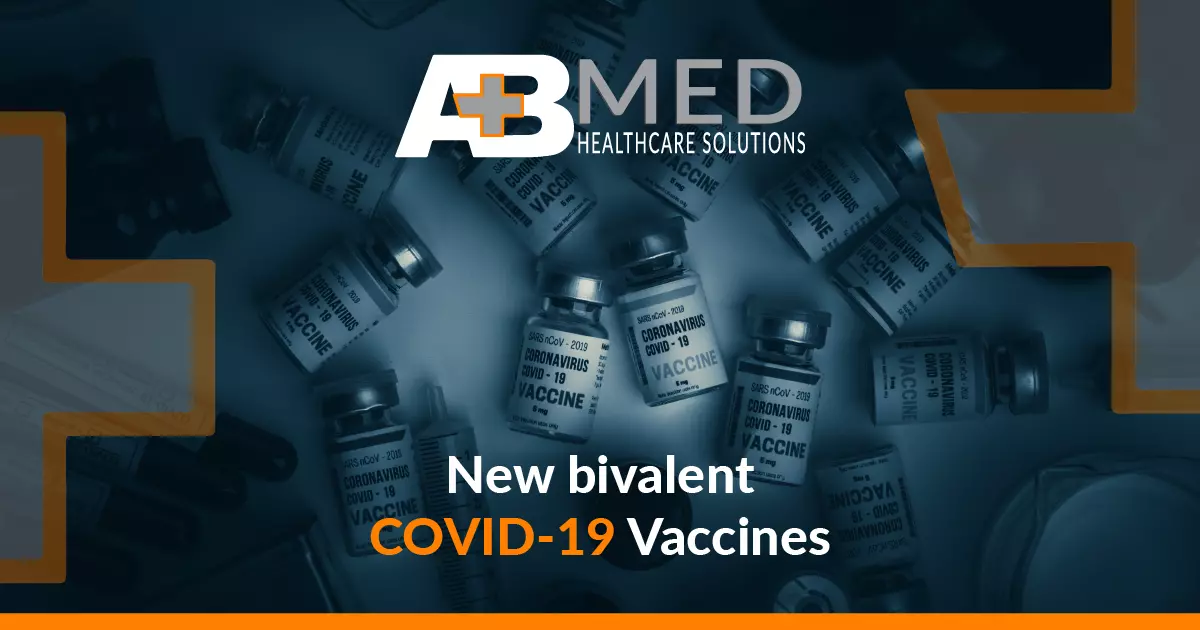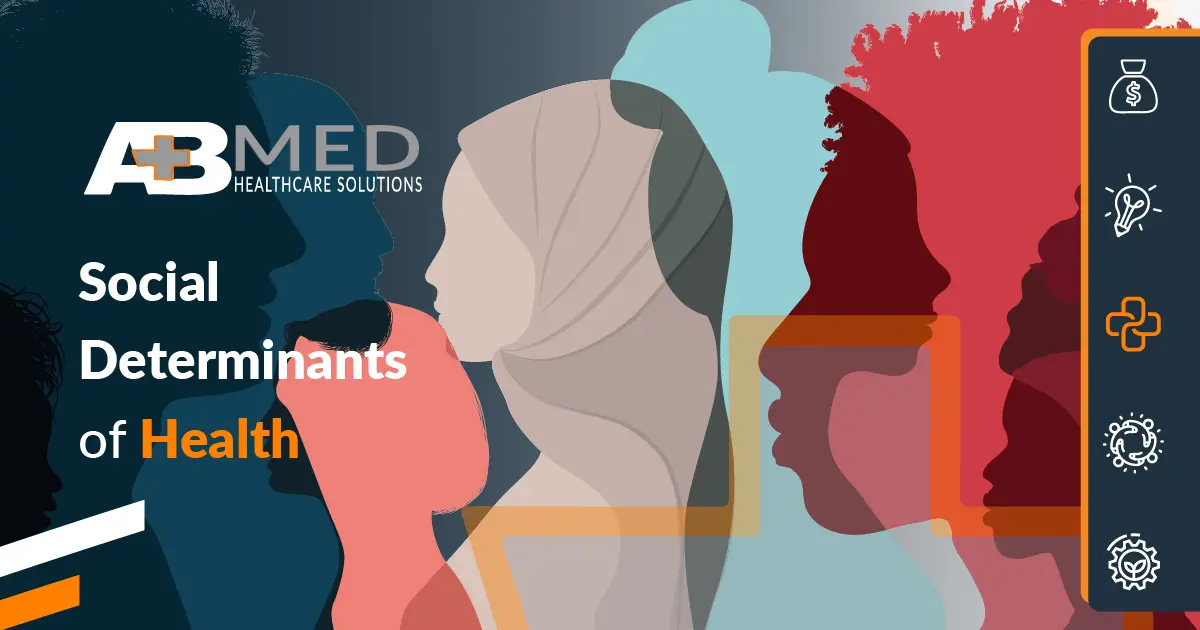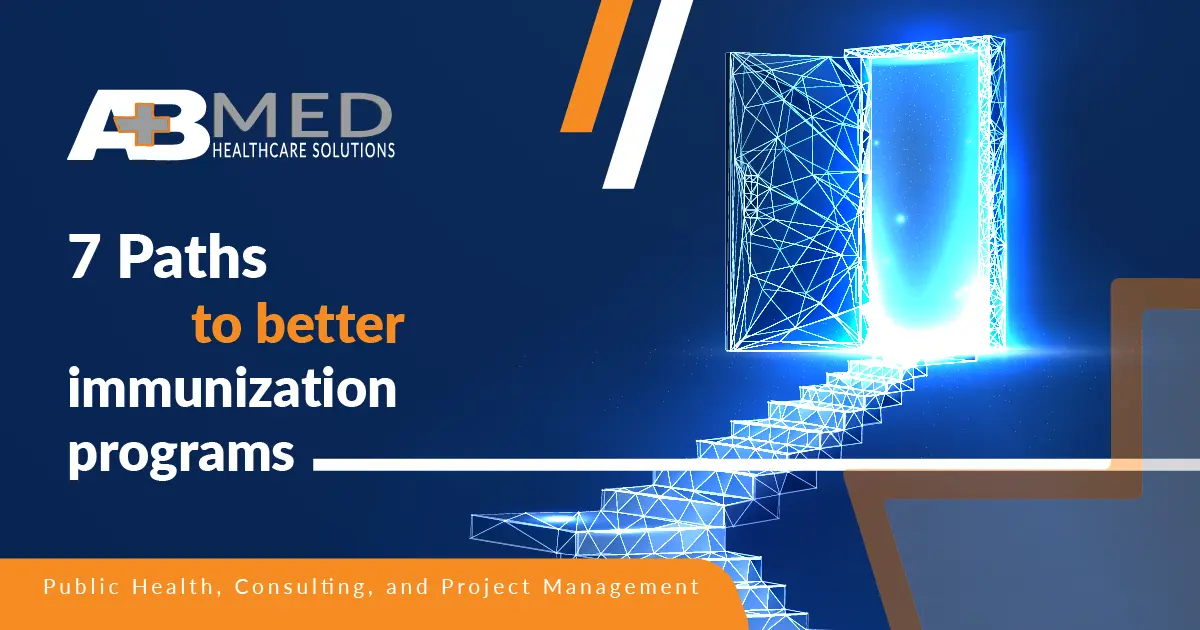As of September 2022, over 1 million people in the United States have lost their lives to COVID-19, and over 90 million have been infected with the virus. [I] Now, almost two years since the first COVID-19 vaccines were administered, the FDA has authorized two new bivalent COVID-19 vaccines for use as booster doses—as opposed to the original monovalent vaccines and boosters. [ii]
This article will provide helpful insight into these new bivalent boosters, how they work, and who is eligible to receive them.
Let’s dive in.
What are Bivalent COVID-19 Vaccines?
Viruses change over time, and the COVID-19 virus is no different. [iii]
While the original COVID-19 vaccines targeted just the original strain of the virus, the two new “updated” boosters are bivalent—meaning that they are designed to target both the original strain as well as the “recent Omicron subvariants, BA.4 and BA.5, that are more contagious and more resistant than earlier strains of Omicron.” [iv] These two new boosters are Moderna and Pfizer-BioNTech vaccines. [ii]
According to the FDA, “The BA.4 and BA.5 lineages of the omicron variant are currently causing most cases of COVID-19 in the U.S. and are predicted to circulate this fall and winter.” [ii] The new bivalent boosters are designed to provide broader protection against these Omicron strains that many researchers predict will be increasingly prevalent in the coming months.
How do the Updated Boosters Work?
Like their originals, the updated Moderna and Pfizer vaccines contain mRNA components of the COVID-19 virus; however, this time, each of these bivalent boosters contains two different mRNA components, “one of the original strain of SARS-CoV-2 and the other one in common between the BA.4 and BA.5 lineages of the omicron variant of SARS-CoV-2.” [ii]
According to the FDA, “The mRNA in these vaccines is a specific piece of genetic material that instructs cells in the body to make the distinctive “spike” protein of the original virus strain and the omicron variant lineages BA.4 and BA.5. The spike proteins of BA.4 and BA.5 are identical.” [ii].
The CDC explains how this process of mRNA vaccination works: “our cells display the spike protein piece on their surface. Our immune system recognizes that the protein does not belong there. This triggers our immune system to produce antibodies and activates other immune cells to fight off what it thinks is an infection…At the end of the process, our bodies have learned how to help protect against future infection with the virus that causes COVID-19.” [v].
These new, updated bivalent COVID-19 vaccines, then, can both restore and provide broader protection against COVID-19 infection. [iv]
Who is Eligible for the New Bivalent COVID-19 Vaccines?
The eligibility for the new bivalent COVID-19 vaccines varies depending on the specific creteria. As of August 31, 2022, the Moderna COVID-19 bivalent vaccine is authorized for those 18 and older, while the Pfizer-BioNTech COVID-19 bivalent vaccine is authorized for those 12 and older. [vi]
The CDC‘s authorized timing for receiving one of these boosters is as follows:
“Authorized as single booster dose administered at least 2 months after either:
- Completion of primary vaccination with any authorized or approved monovalent COVID- 19 vaccine, or
- Receipt of the most recent booster dose with any authorized or approved monovalent COVID-19 vaccine” [vi]
Ihe CDC recommends that everyone ages 12 years and older “receive 1 age-appropriate bivalent mRNA booster dose after completion of any FDA-approved or FDA-authorized monovalent primary series or last monovalent booster dose.” [vi].
It is still Important to get Vaccinated
FDA Commissioner Robert M. Califf, M.D., echoes this recommendation: “The COVID-19 vaccines, including boosters, continue to save countless lives and prevent the most serious outcomes (hospitalization and death) of COVID-19…As we head into fall and begin to spend more time indoors, we strongly encourage anyone who is eligible to consider receiving a booster dose with a bivalent COVID-19 vaccine to provide better protection against currently circulating variants.” [ii]
It’s also important to note that the CDC’s recommended COVID-19 vaccine schedule differs for those who are moderately or severely immunocompromised. If you need help determining if and when you should receive a booster, the CDC has created an interactive eligibility tool you can access here. [vii].
Your Public health Partner
As the fall season begins, it’s important for healthcare leaders to be able to prepare their staff and educate their communities on these new bivalent COVID-19 vaccines. At AB Med, we love helping our partners develop innovative healthcare solutions to keep their communities healthy and safe. From epidemiology to population health and program management, we can help you provide the right care and resources to those who need them most. Let’s Connect.
COVID-19 Disclaimer
At AB Med, accuracy is our highest priority, and everything we publish is up-to-date based on research and news at the time of release. However, due to the continually evolving nature of COVID-19, we are aware that available data changes quickly. The available data and recommendations may have changed since this article’s publication. Please check the CDC, WHO, and your local health department for the most current recommendations and news.
REFERENCES & RESOURCES
- CDC (2020). COVID Data Tracker. [online] Centers for Disease Control and Prevention. Available at: https://covid.cdc.gov/covid-data-tracker/#datatracker-home.
- Commissioner, O. of the (2022). Coronavirus (COVID-19) Update: FDA Authorizes Moderna, Pfizer-BioNTech Bivalent COVID-19 Vaccines for Use as a Booster Dose. [online] FDA. Available at: https://www.fda.gov/.
- Commissioner, O. of the (2022). COVID-19 Bivalent Vaccine Boosters. FDA. [online] Available at: https://www.fda.gov/.
- CDC (2020). COVID-19 and Your Health. [online] Centers for Disease Control and Prevention. Available at: https://www.cdc.gov/coronavirus/2019-ncov/vaccines/stay-up-to-date.html.
- CDC (2022). Understanding mRNA COVID-19 Vaccines. [online] Centers for Disease Control and Prevention. Available at: https://www.cdc.gov/coronavirus/2019-ncov/vaccines/different-vaccines/mrna.html.
- Interim Clinical Considerations for COVID-19 Vaccines: Bivalent Boosters. (n.d.). [online] Available at: https://www.cdc.gov/vaccines/acip/meetings/downloads/slides-2022-09-01/09-COVID-Hall-508.pdf.
- CDC (2022). COVID-19 Vaccination. [online] Centers for Disease Control and Prevention. Available at: https://www.cdc.gov/coronavirus/2019-ncov/vaccines/stay-up-to-date.html?s_cid=11705:65%20and%20older%20covid%20booster:sem.ga:p:RG:GM:gen:PTN:FY22 [Accessed 14 Sep. 2022].
By: Erik McLaughlin MD, MPH and Aikaterini Papadopoulou, B.Arch






